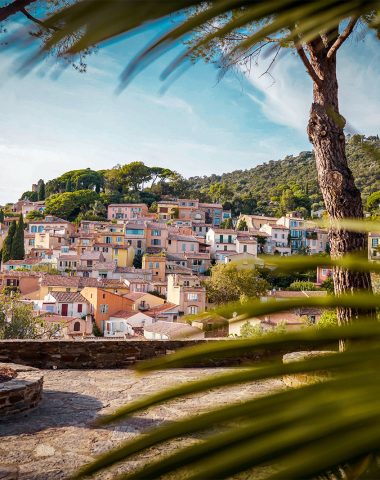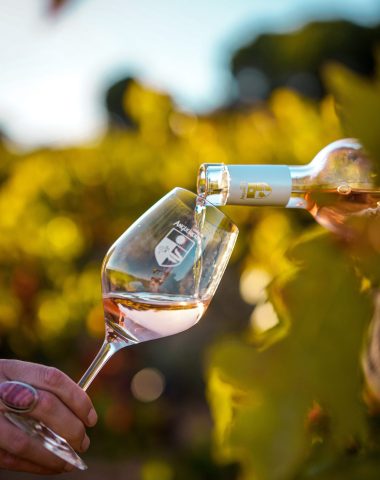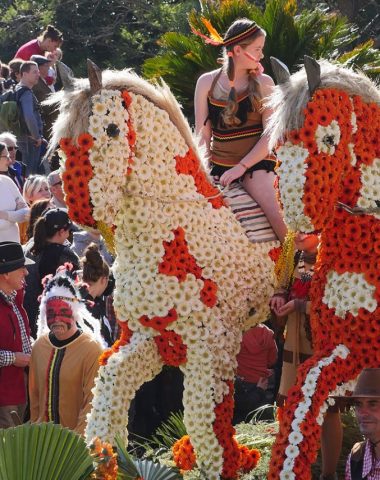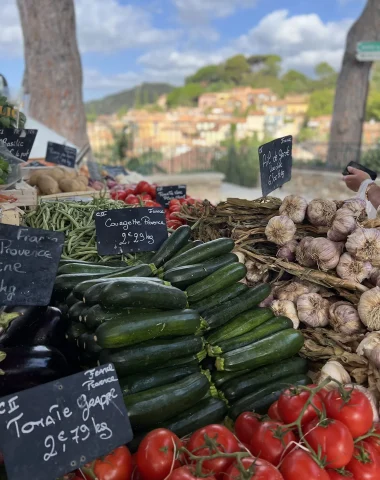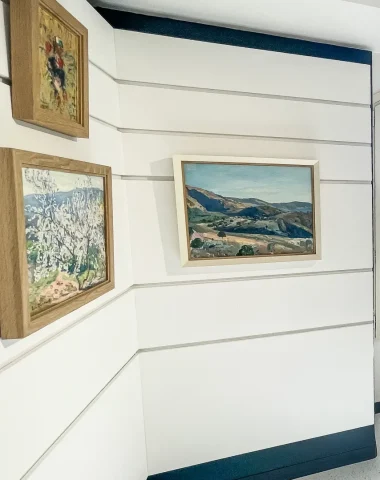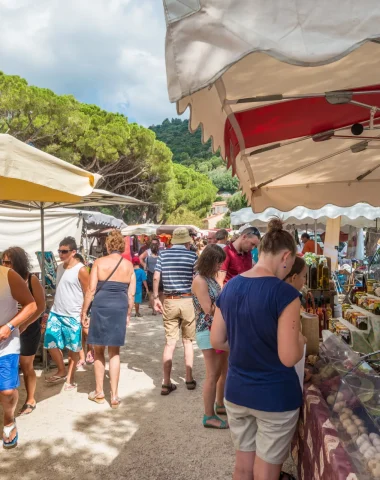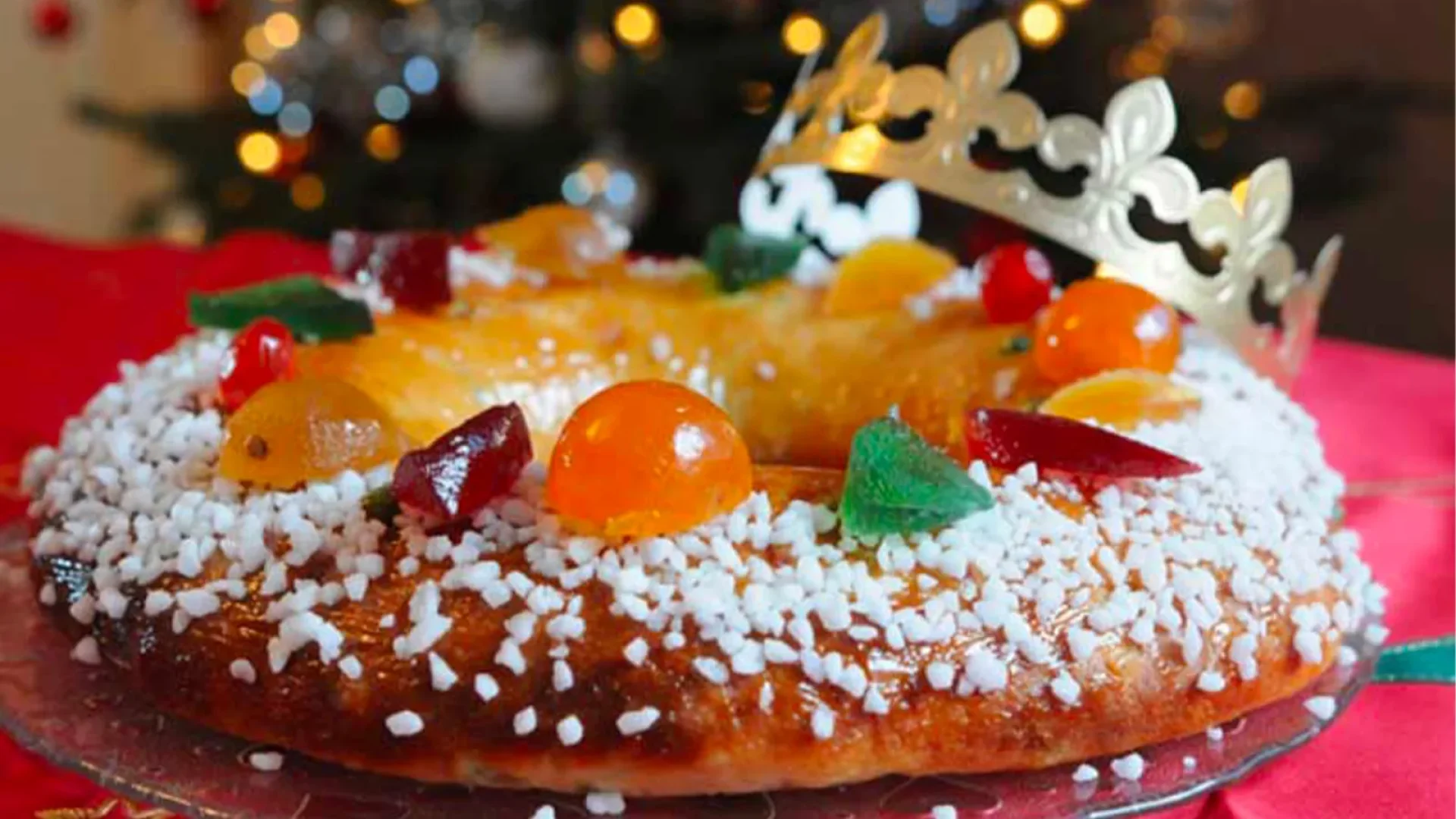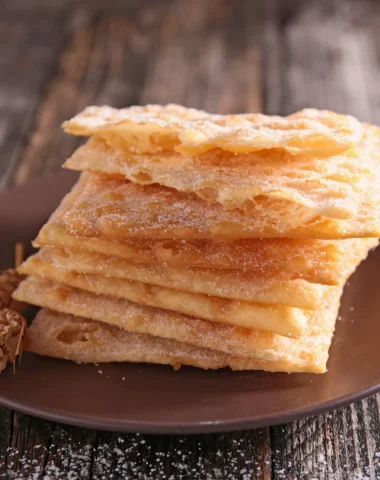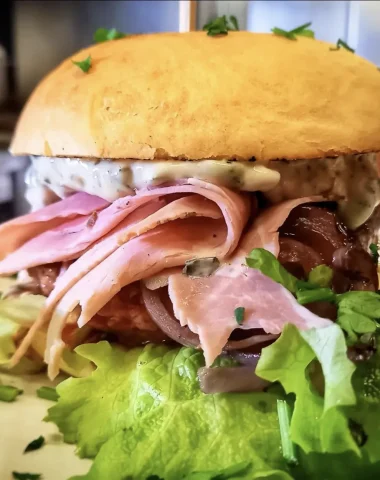The king’s cake, known as the “galette des rois,” has been a cherished tradition in Provence for centuries. Rooted in the celebration of Epiphany, which commemorates the visit of the Magi to the newborn Jesus, this Provencal tradition is an art form in itself, bringing joy to tables across the region throughout January.
What Makes the Provencal King’s Cake Special?
In Provence, it’s not just any king’s cake; it’s the King’s Cake. On January 6th, locals gather to partake in this delightful pastry, celebrating the Epiphany and the arrival of the Magi. The quintessential Provencal king’s cake is a brioche infused with the fragrance of orange blossom, adorned with a sugary coating, and adorned with candied fruits. Its round shape with a center hole is unmistakable.
How Is the Tradition Carried Out?
In Provence, upholding the tradition begins with setting up the nativity scene at the start of December. The scene comes alive with its unique characters, including the ravi, the trumpeting angel Boufareu, Mistral with his wind-blown cape, Pagnol’s card game, and, of course, Mary, Joseph, the donkey, and the ox. Whether one is Christian or not, crafting the nativity scene is a cherished practice in Provence. However, the baby Jesus isn’t placed in the scene until the evening of the 24th. The magnificent “santons,” representing the wise men Melchior, Gaspard, and Balthazar, who followed the guiding star from Bethlehem, patiently make their way to the nativity scene. Hidden behind a vase, they gradually progress through the living room, passing trinkets and lamps, until they finally reach the crib on January 6th, bearing gifts of gold, frankincense, and myrrh.
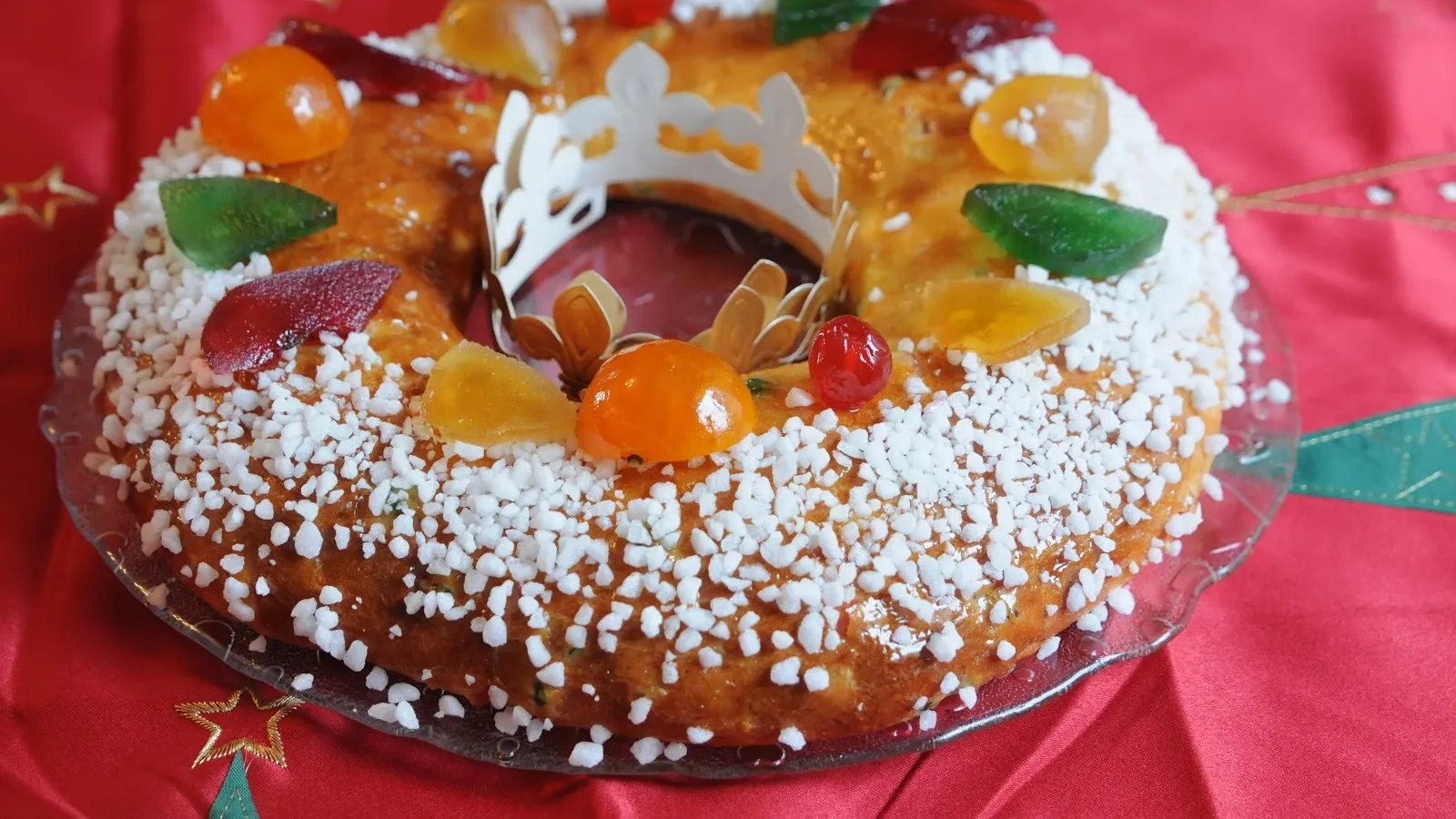
And What About the Bean?
Ah, the bean, the true star of the show! Just when you thought you knew it all, the highlight of a successful Epiphany celebration is the bean. And we Provençals love to keep things generous and traditional. So, we place an actual bean—the edible kind, a vegetable—and to add a touch of charm, a ceramic figurine, typically a santon. The lucky one who discovers the bean becomes the king, while the figurine designates the queen.
To prolong the merriment, the one who finds the bean has the honor of paying for the next king’s cake. A clever tradition that ensures the joy of drawing kings lasts throughout the season.
Thematics


